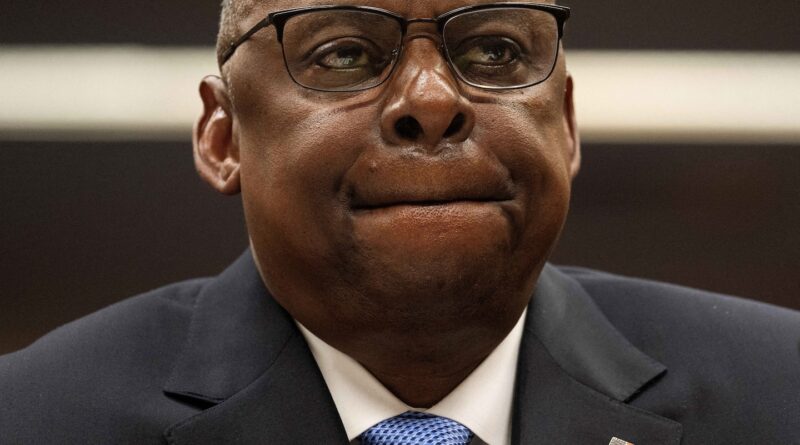U.S. signals it is open to withdrawing some troops from Iraq
Austin, in a statement released by the Pentagon, said U.S. troops remain in Iraq at the invitation of the government in Baghdad. Forthcoming meetings of the U.S.-Iraq Higher Military Commission, a group comprising national security officials from both governments, will look at the presence of U.S. forces in the country while considering the threat the militants pose, requirements that remain and the Iraqi military’s capabilities, Austin added.
The comments come during a volatile time. Many Iraqi officials have called for the ouster of U.S. forces after a months-long cycle of violence, inflamed by the Israel-Gaza war, between Iranian-backed militias and U.S. forces. Austin continues to convalesce at home after an extended hospitalization following complications from surgery to treat prostate cancer.
U.S. military positions in Iraq and Syria have been attacked at least 151 times since October by militant groups trained and supplied by Iran. Pentagon officials note that about 2,500 U.S. troops remain in Iraq and that 900 are deployed to Syria as a buffer to prevent a resurgence of the Islamic State. But Iraqi officials have increasingly responded with anger when the United States has retaliated with airstrikes. The militias have tied their attacks to the war in Gaza and to U.S. support for Israel’s campaign against Hamas.
Iraqi officials, in a statement, acknowledged the beginning of the meetings but left it unclear whether they will ask for U.S. forces to leave.
The statement, released by the Iraqi Foreign Ministry, said that “in line with the growing capabilities of the Iraqi forces,” the Iraqi government is announcing “the success of continuous negotiations” that began in August about future steps.
The meetings of the commission are aimed at formulating “a specific and clear timeline determining the duration of the presence of the international coalition advisors in Iraq, initiating a gradual and thoughtful reduction of their presence on Iraqi soil, concluding the military mission against [the Islamic State], and transitioning to comprehensive bilateral relations with coalition countries in politics, economics, culture, security, and military affairs, aligning with the vision of the Iraqi government,” the Foreign Ministry said.
The Iraqi parliament has voted to eject U.S. military forces from the country. But U.S. officials have said they have received no formal notification.
A Pentagon spokeswoman, Sabrina Singh, denied Thursday that the meeting is a negotiation to withdraw U.S. forces from Iraq.
“This is about the future and making sure that Iraq is set up for success in defending its own security and sovereignty, and how the U.S. can support Iraq in doing that,” she said.
U.S. officials, speaking on the condition of anonymity in a conference call organized by the Pentagon, were reluctant to offer additional details about what shape the new arrangement in Iraq could take. The wave of militia attacks prompted a delay in the commission meetings in the fall, but they will now commence, a senior defense official on the call said.
“There’s no way for us to forecast exactly where that leads, or on what timetable that leads,” the official said.
The lack of clarity left open the possibility that the United States could withdraw troops from some locations in Iraq, and potentially from Syria. U.S. forces in Syria rely on logistical support from American personnel in Iraq.
A senior military official, speaking on the same conference call, said that about 70 Americans have been injured in the militia attacks since October, with one soldier seriously wounded. The continuing presence, he said, has played a role in preventing nearby Islamic State cells from carrying out larger attacks.
The discussions cap two decades of U.S. military involvement in Iraq. President George W. Bush ordered the invasion of the country in March 2003 based on faulty intelligence that then-leader Saddam Hussein possessed weapons of mass destruction.
The invasion unleashed a violent insurgency that left more than 4,000 U.S. troops and hundreds of thousands of Iraqis dead. At the height of the U.S. surge, more 170,000 American troops were on the ground.
President Barack Obama withdrew remaining U.S. troops, who were commanded by Austin when he was a four-star general, in late 2011. U.S. troops returned to Iraq in 2014, after Islamic State militants seized control of roughly a third of the country.
Mustafa Salim and Missy Ryan contributed to this report.




